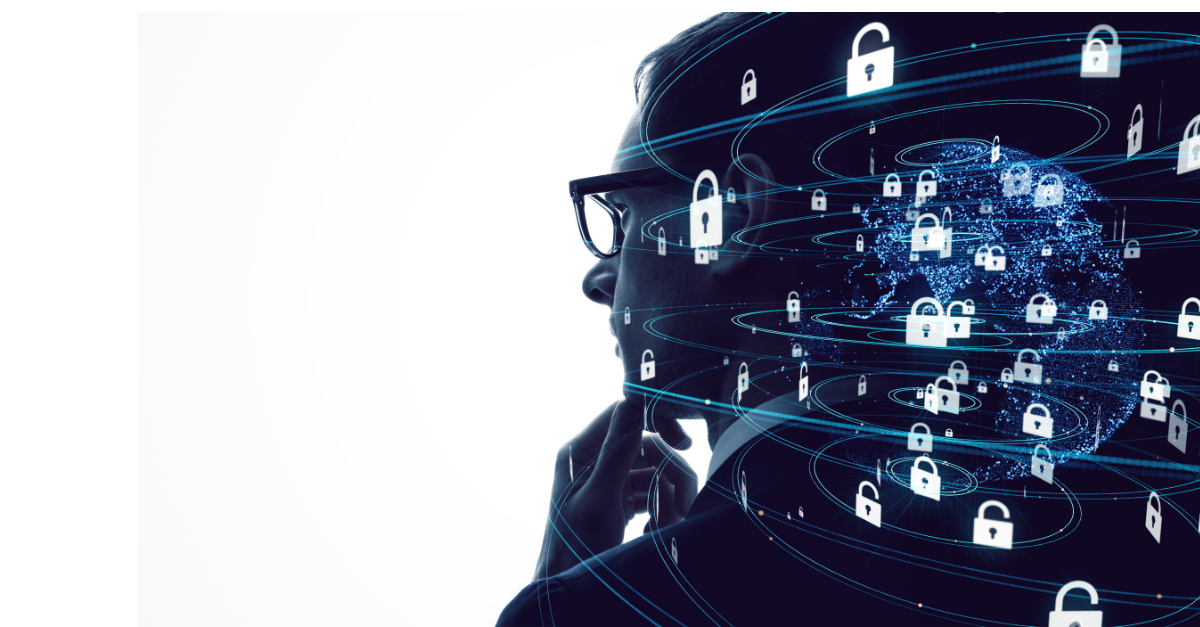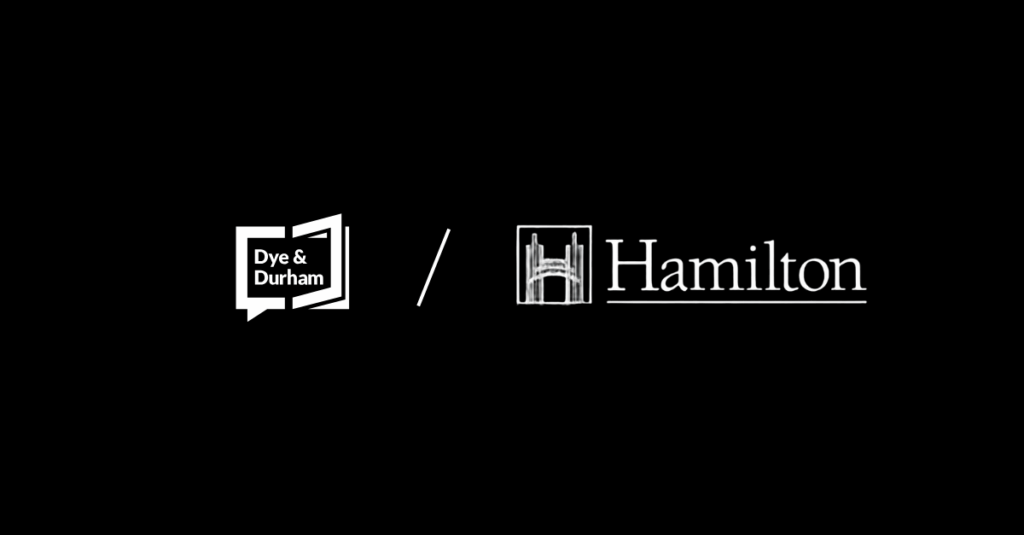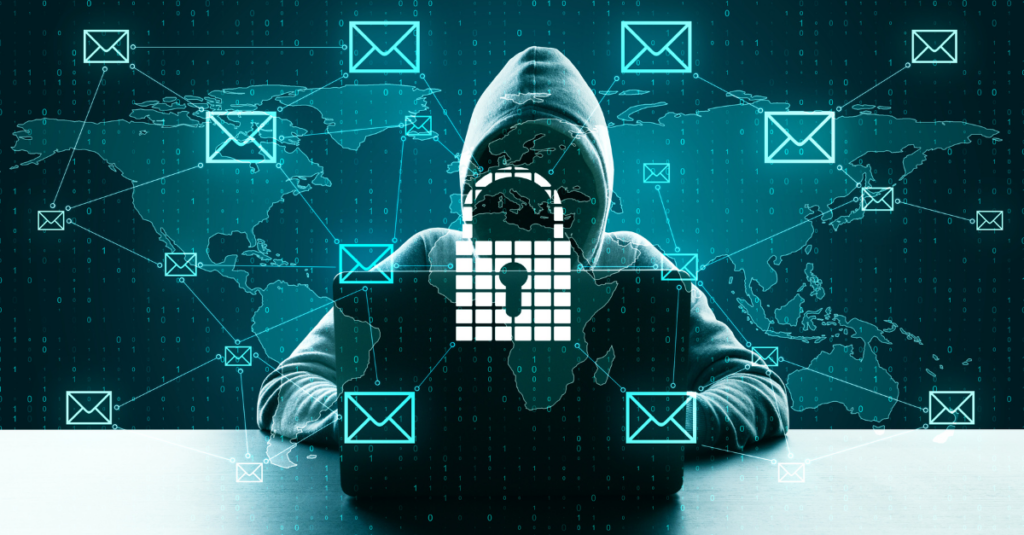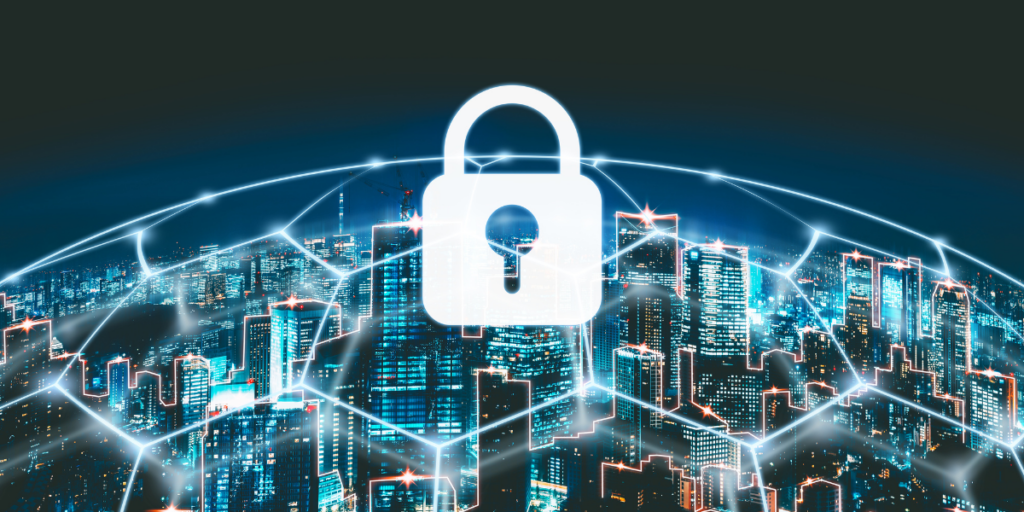Artificial Intelligence in Legal Practice: Benefits and Risk
Artificial Intelligence (AI) has enhanced legal practice with automation, data analysis, and legal research, but it also introduces unique vulnerabilities that can affect the integrity of the legal process. Cybercriminals are increasingly using AI to enhance phishing attacks, automate hacking attempts, and even create deepfakes—highly realistic but manipulated digital media, including images, audio, and video. Deepfake technology has enabled important advances in filmmaking, education, accessibility, and even historical or forensic recreation. However, it can also be misused to mislead, misinform, or cause harm. Lawyers must understand how deepfakes can impact their work and how to spot and mitigate these threats to protect their firms and clients.
Legal and Ethical Implications of Deepfakes
The emergence of deepfakes challenges foundational legal principles, such as the authenticity of evidence and the ethical obligation to be honest, especially when the distinction between fact and fabrication becomes unclear. Lawyers must be prepared to navigate these challenges by understanding how deepfakes work and the tools available to detect them.
Potential implications include:
- Evidence tampering: Deepfakes can be used to alter or fabricate evidence, jeopardizing the integrity of legal proceedings. Once trusted forms of evidence, video or audio recordings can now be manipulated, potentially leading to wrongful convictions, acquittals, or costly legal battles over admissibility.
- Reputation damage: Manipulated videos or images can be used to tarnish the reputations of clients, counsels, or judges by fabricating false narratives, resulting in substantial—often irreparable—harm before the truth is revealed.
- Client impersonation: Hackers could create deepfakes of clients’ voices or likenesses to impersonate them in communications, compromising confidential information.
Explore further in this comprehensive resource on Contextualizing Deepfake Threats to Organizations, compiled by the U.S. National Security Agency (NSA), Federal Bureau of Investigation (FBI), and Cybersecurity and Infrastructure Security Agency (CISA).
How to Spot Deepfakes

Recognizing a deepfake can be challenging as the technology continues to evolve, but lawyers must remain vigilant. Here are a few tips for spotting deepfakes:
- Look for visual irregularities: Deepfakes may exhibit inconsistent lighting, unusual blinking patterns, or unnatural facial movements. AI often has difficulty with small details, so look closely for these red flags. If you find something suspicious, try to view the videos or images on a larger screen; inconsistencies are easier to spot when magnified.
- Audio mismatch: The audio in deepfakes can sometimes lag behind the visual, or the voice might sound slightly robotic or unnatural. Watch for discrepancies between speech patterns, lip movements, and the tone of voice.
- Use verification tools: Advanced deepfake detection tools can help verify the authenticity of images, audio, and videos. These tools can be integrated into legal workflows to ensure the integrity of digital media.
- Contextual clues: If something about a video, audio or image seems off in terms of timing, location, or context, consider that it might be a deepfake and cross-check the content with trusted sources for validation. For instance, suppose you receive a video of your client allegedly making a controversial statement during a business negotiation. However, when you review the video, the setting seems unfamiliar. You recall their office from previous visits, and details like the logo placement and furniture seem off in the video. Additionally, the client mentioned being out of town on the date the video was recorded. Suspicious, you cross-check the client’s travel records and obtain verified footage from the actual business negotiation. After comparing the two, it’s clear that the original video has been manipulated, revealing it as a deepfake intended to mislead and harm the client’s case.
Spotting deepfakes is trickier than you might realize. Test your skills and expand your knowledge with Microsoft’s Spot the Deepfake quiz, featuring real deepfake videos for you to analyze.
Mitigating the Risks of Deepfakes
Proactivity is crucial in addressing the growing threat of deepfakes. Consider the following:
- Advanced cyber security tools: Invest in cyber security tools capable of detecting AI-driven threats, including deepfakes. Advanced algorithms and machine learning models can analyze digital content for signs of manipulation.
- Establish protocols for digital evidence: Set strict protocols for verifying the legitimacy of digital evidence. This could include working with forensic experts who can examine media files for signs of manipulation.
- Educate your team: Regular training on the latest cyber threats facing law firms is essential. Cyber security awareness should be a routine part of firm-wide training to ensure that everyone knows what to look for and how to report suspicious media.
- Strengthen communication security: To avoid impersonation, implement secure file-sharing platforms and adopt robust authentication methods, such as multi-factor authentication (MFA) and biometric verification.
- Monitor legal developments: AI and deepfake legislation are still evolving. Stay up to date on emerging laws and regulations governing the use of AI and manipulated media in legal contexts.
- Use AI responsibly: While AI tools can improve law firm operations, it’s important to use them responsibly and ethically, ensuring transparency in their application to client work and decision-making processes.
Looking Ahead
As technology continues to evolve, the legal profession will face new challenges that test the boundaries of cyber security, evidence authenticity, and client confidentiality. By staying vigilant, adopting advanced cyber security measures, and remaining informed on emerging legal issues, lawyers can safeguard their practices and clients from the growing risks posed by deepfakes and AI-driven cyberattacks.
Unity® Practice Management is a comprehensive practice management solution with best-in-class data encryption and privacy controls. It enables you to handle sensitive information efficiently while reducing the security risks of using multiple software tools.
Book a free demo of Unity® Practice Management or visit our website to learn more about our comprehensive suite of practice management and due diligence solutions for Canada, the UK, Ireland, Australia, and South Africa.
Further Resources on Cyber Security for Law Firms:
- Key Cyber Security Trends and Incidents Lawyers Should Know in 2024
- Practical Ideas to Mark Cyber Security Awareness Month in Your Law Firm
- Five Ways to Step Up Your Law Firm’s Cyber Fitness














